
A short visit with Dr. Arturo Muñoz Meza, a Guatemallan plastic surgeon practicing in Tijuana, Mexico.
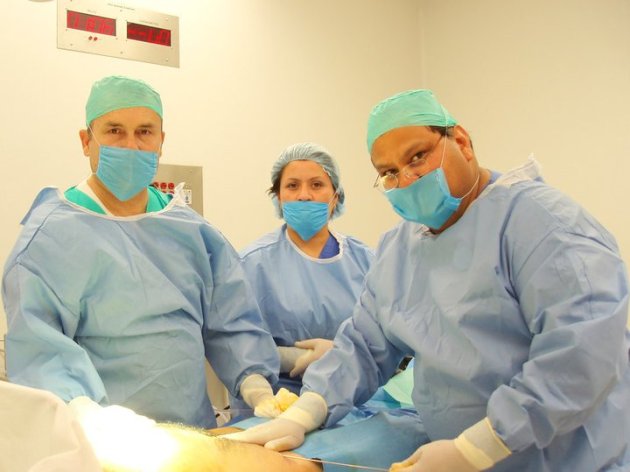
Name: Dr. Arturo Muñoz Meza
Location: Tijuana, Mexico
Website: haimastemcelltherapy.com/
Facebook: Dr. Munoz
That’s Interesting: Dr. Munoz is a plastic surgeon at HAIMA Stem Cell Therapy Clinic which is located in Tijuana’s financial district; just 5 minutes from the international border of San Diego, CA.
Yes. In Mexico Stem Cell Treatment is currently being practiced at a clinical level; it is mandatory to have a license from the Health Department COFEPRIS (FDA in Mexico) This license allows the use of stem cell types beyond those approved in some western countries such as the United States, and some parts of Europe
Several years of education and training is involved to become a leader on the field. Can you share on how you started your career?
I was trained as a general surgeon in the Social Security General Trauma Center in Guatemala during the civil war. There was a large demand for medical services that time. That was the beginning of the acquisition of my expertise in the surgical arena. When I went to Mexico to complete my plastic surgery training, I was asked to stay and teach in the Resident Program by my mentor, Dr. Jose Guerrerosantos who is an all time recognized master in modern plastic surgery.
I was chosen by Dr. Guerrerosantos as his own Post-graduate fellow in Aesthetic and Cosmetic Surgery. This was considered to be a privilege in the Guadalajara University’s “Instituto De Cirugia Plastica y Reconstructiva de Jalisco”—an honor to be the master’s right hand.
Consequentially, I was exposed to the best plastic surgeons around the world, most of them are esteemed members of the American Society of Plastic and Reconstructive Surgery and the American Society of Aesthetic Plastic Surgery.
Why did you choose to specialize in aesthetic cosmetic surgery?
From what I remember during my younger years in school, I had exceptional A+ grades in Arts-drawing, sculpture and music. From then on, I felt that I needed to fulfill something in my life. When I started medical school, I wanted to be a Gynecologist so that I can advocate women’s health. But then, things changed when I was in my fourth year of General Surgery training. During a rotation in the Emergency Room, a patient came in with a chief complaint of cardiac arrest due to a gunshot wound. There were no vital signs so I had to proceed with a direct cardiac massage. In two minutes, we were in the Operating Room and I have successfully completed the anterior thoracotomy to access the pericardium and I found the right ventricle’s rupture and it took me seconds to set the suture. To cut the story short, my patient survived this!
The following day, I was asked by the Department Chief to report in his office. I admit that I was scared by the tone of his voice. The patient I treated wasn’t an ordinary citizen—he is an authority of the Police Department. I was a hero to my mates. After that, I was chosen as a candidate for the Cardiovascular Surgery Program.
I saw my patient again after 30 days for the revision of his scar. He brought me a thank you gift. I felt blessed. Before he left, he asked me a question:
“Can you please tell me why you left an ugly mark on my chest? Didn’t you promise that this will be removed?”
We just both laughed. I concluded my residency program with that in mind.
For some people, to live and be good looking is the same.
That’s where I began to look into plastic surgery. It is truly an art of giving the human body anatomical modifications to restore and rehabilitate until it is aesthetically pleasing.
Your practice is located inside HAIMA Stem Cell Therapy Clinic which is located just over the US border in Tijuana, literally five minutes from San Diego. Can you tell us more?
Several of us are business partners. We have a CEO who manages administrative issues and we have 80 attending doctors whose specialty range from Orthopedics to Neurosurgery.
Because of the geographical situation of Tijuana City, we are the first alternative choice of the American population in California as medical providers because of the cost and quality of our services. Before the crisis, this city was considered to be “Tiny Houston City” for medical services.
In my office, we have 3 nurses, 2 front desk assistants and 3 patient coordinators to run the consultation services. Before hiring them full time, we check their performance with a trial period to make sure that the're a fit.
I have a high compromise with my personal quality standards and try to radiate a persona that I’ve learned during the Guatemallan Civil War. It is something that the “Kaibiles”, the elite forces of the army, shout: “The possible is already done, the impossible is going to happen now.” It reminds me to do the best I can even without the latest ideal technological support and resources.
We give bonus's to our staff depending on the number of referrals that come in and the number of patients that decide to undergo surgery. For example, if we have 1-5 patients, they will have 5% of the total cost of services and treatments done. If we have 5-10 patients, they get 10% and if we have more than 10 patients, they get 15% per week.
Extra bonuses are given to our staff when we hear good comments from patients. They also get discounts on their own plastic or cosmetic surgery.
What IPL or laser technologies are you using?
I have SmartLipo which is a Nd Pulse Yag Laser, 1064nm WL,18W. It is expensive but this one’s a very useful state of the art tool for liposuction. We use this on selected body areas with limited adipose tissue like on the neck and waist. We also use this for axillary hyperhidrosis, lipomas and pseudogynecomastia. We also have Vaser for patients who have previously undergone more than 2 liposuction procedures. We have used the Microair machine in the past but it takes twice as much time in the Operating Room. Results are basically the same (or none at all) and patients reportedly had swelling, pain and numbness after the procedure.
You clinic is unusual in that it's inside a much larger clinic. How is it marketed?
Thankfully, word of mouth has been the most valuable resource for us. We always educate our patients with the procedures. I will never compromise quality over quantity. I take a number of patients I know I can handle daily. If I am saturated, I refer my patients to my colleagues. As much as possible, we try to be organized for our patient’s satisfaction.
We used to advertise in the Yellow Pages but that didn't pay off.
Personally I feel that my work is good enough to compete with the best. Patients feel that my services are also affordable when they evaluate the whole surgical experience.
The hospital has it’s own marketing program and we have commitments and policies in taking part to make it successful.
What is the most popular and profitable treatment in your clinic?
Sometimes, before we sleep, I jokingly tell my wife “I am going to pray that everyday is “Lipo Day” because this particular procedure is in demand and very good in terms of outcomes. Basically, expenses are based in the O.R. charges and hospital rooms. Rhinoplasty is also perfect. We just need Lidocaine with Epinephrine, a couple of sutures, saline solution, nasal packs, antiseptics, micropore and external ferula.
We have good quality equipment and replace 1 or 2 pieces every year when we attend symposiums, congresses or meetings.
I left hair transplantation because it takes a considerable time of consultation and it requires me to train and supervise technicians as well. Honestly I don’t love this procedure enough to give this a substantial time in my practice.
I am a member of the Board of Specialists in Stem Cell Therapy. I am excited to offer this soon in our office.
What are the lessons you learned as a plastic surgeon? Can you share memorable moments?
Plastic surgery has given me a lot of experiences whether it be challenging, interesting or successful. But above all, the most fulfilling experience is observing the patient’s reaction when they look at the mirror for the first time to see the result.
On May 1997, I attended the ASAPS meeting in New York. I had the honor to meet many of my favorite authors like Jack H. Sheen and George C. Peck and took the courses with them. It felt great when I went back to Guadalajara and performed a reduction and balance rhinoplasty on Karla, an 18 year old who asked for rhinoplasty because she had a problem known as nose kyphosis. This is my most unforgettable experience, as this was my first rhinoplasty.
After 4 weeks, I finally removed the patch and told her that it’s done. For me, the result was okay, a little swollen than normal. But I didn’t know what she was thinking and so I instructed her to look at the mirror on the next room to check her self. I couldn’t see her for a while and then suddenly I heard her crying. Jesus Christ!! I’m dead! I waited patiently for her to come back.
She looked at me and exclaimed “This is beautiful! All I can say is thank you!”.
For me, that is truly a gratifying experience.
What advice would you give to other physicians?
I think the best advice I can give to everyone in the cosmetic industry is to never perform anything that you are not trained for. If you are not qualified and naturally skillful, you are not the best option available for the patient. What people expect from plastic, aesthetic and cosmetic surgeons are natural, longlasting results and safe procedures. There is no one surgeon who is good at every procedure. He doesn’t exist. In time, he may develop his specialty. The procedure you do often which have exceptional results are highly recommended to your patients. Always do your best when performing a procedure because patients want to achieve perfection.
Avoid disasters in the cosmetic industry by eliminating greedy thoughts. As for myself, I don’t feel good with calf or gluteal implants, neither with hair transplantation. I am knowledgeable of those procedures but I am not passionate of these. When a patient asks for those, I usually refer them to an expert in order to eliminate the potential risks and fake unnatural results. I want to be honest to the patient. In this way, we can increase our credibility and gain the public’s confidence.
This interview is part of a series of interviews of physicians running medical spas, laser clinics and cosmetic surgery centers around the world. If you'd like to be interviewed, just contact us.
 Saying ‘No’ to Prospective Cosmetic Medical Patients
Saying ‘No’ to Prospective Cosmetic Medical Patients

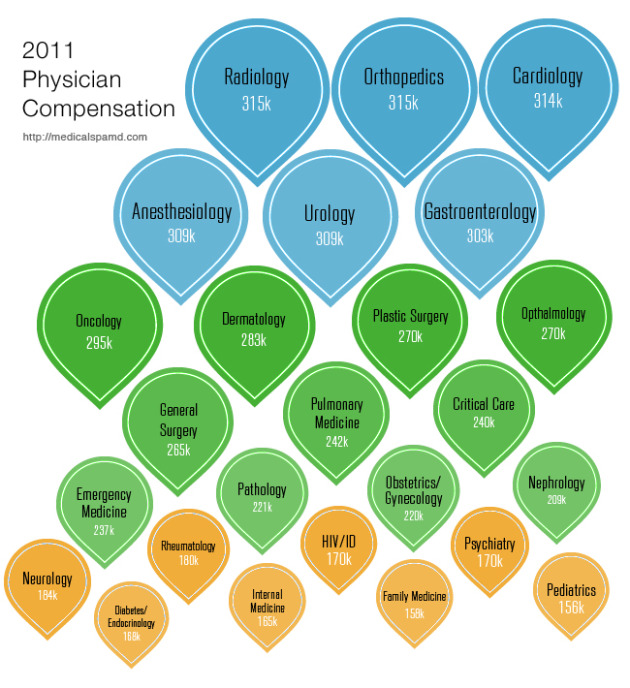
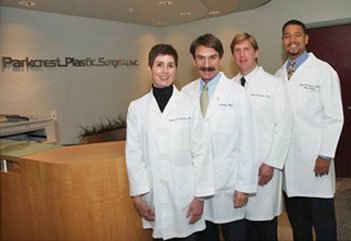
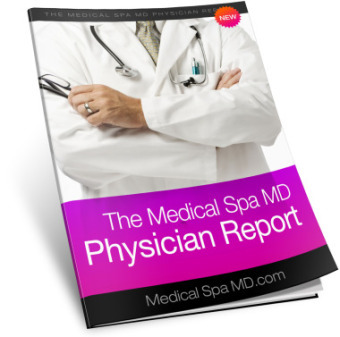



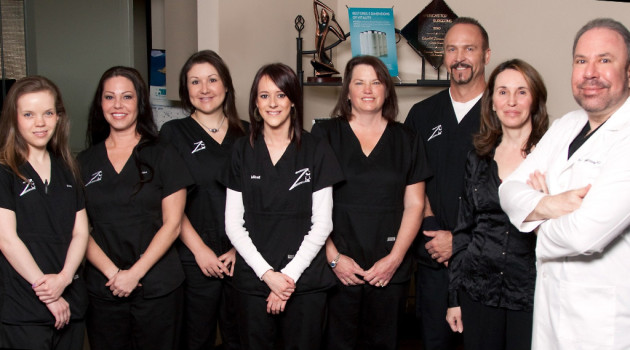
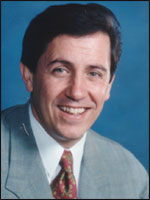

 Cosmetic surgeons are asking for patient help to fight the Botox Botax. Here's what the
Cosmetic surgeons are asking for patient help to fight the Botox Botax. Here's what the 




